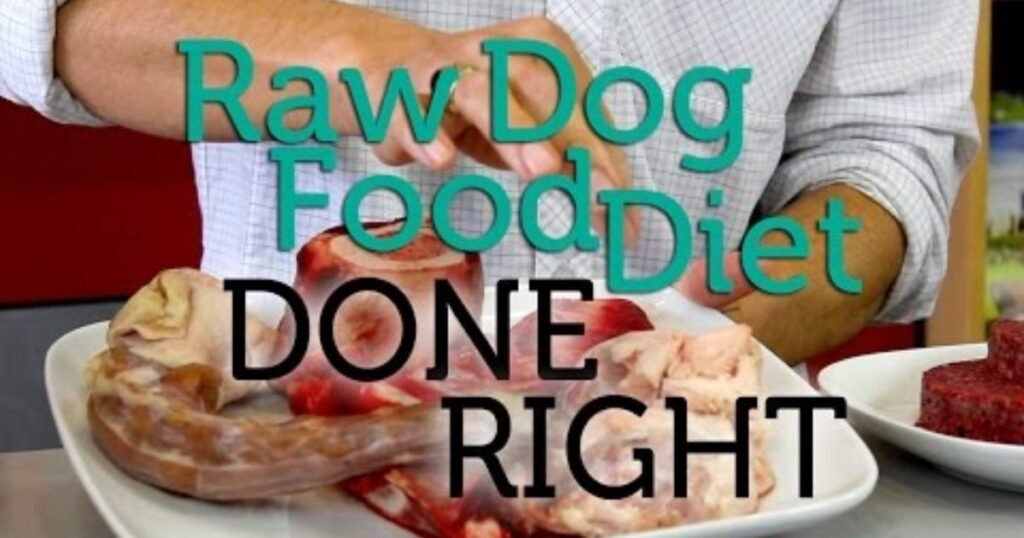
Large terracotta plant pots support healthy plant growth with natural breathability.
Feeding dog food with raw meat is no longer just a trend, it’s a rising debate among dog lovers, vets, and pet nutritionists. Some swear by its health perks, while others warn of hidden dangers. Before switching your dog’s bowl to raw, understand the full picture of both the healing and the harm through a clear, science-backed lens.
Why Are Dog Owners Turning to Raw Meat Diets?
The rise of the raw pet diet comes from growing distrust in heavily processed kibble. Owners want to feed their pets the way nature intended: uncooked, unprocessed, and protein-rich. Feeding raw meat to dogs feels more natural and primal. But is it truly better? Or just another wellness fad with hidden consequences?
The Claimed Benefits of Dog Food With Raw Meat
Supporters of dog food with raw meat often point to these benefits:
- Shinier coat and healthier skin due to natural fats.
- Improved energy and better digestion from whole ingredients.
- Stronger teeth and fresher breath, as chewing raw bones acts like a toothbrush.
- Smaller stools, since there are fewer fillers in raw meals.
Many pet owners report a dramatic improvement in their dog’s overall mood and coat shine. But these benefits don’t come without challenges.
The Real Risks of Feeding Raw Meat to Dogs
Here’s where many raw feeders go wrong. The risks of feeding raw meat to dogs are real, especially if you’re not careful with sourcing and handling.
- Bacterial contamination: Raw meat can carry salmonella and E. coli, which not only harms your dog but can spread to humans in your home.
- Nutritional imbalance: Homemade dog food is often missing key nutrients like calcium, fiber, or Vitamin D.
- Choking or injury: Bones in raw meals can splinter, causing internal damage or choking hazards.
- Veterinary disagreements: Not all vets agree that raw meat diets are safe, especially for puppies or older dogs.
You’re not just choosing a meal plan, you’re taking on the responsibility of balanced, sanitary food prep, which is a full-time job.
How to Feed Your Dog Raw Meat Safely?
If you’re committed to switching to a natural dog diet, follow these expert tips to reduce risks:
- Start with balance: Use raw dog food recipes that are nutritionally complete. Consult a vet or canine nutritionist.
- Use safe sources: Choose human-grade meat from trusted butchers or raw dog food suppliers. No supermarket scraps.
- Freeze meat for 2–3 weeks before feeding to kill parasites.
- Rotate proteins: Avoid allergic reactions by mixing meats chicken, beef, lamb, even turkey.
- Avoid cooked bones, but raw meaty bones can be included under strict supervision.
Always wash hands and sanitize all surfaces after handling raw meat. You’re not just feeding a pet, you’re managing a hygiene-sensitive kitchen.
Is Raw Meat Dog Food Better Than Kibble?
This depends on your dog and your time. Some dogs thrive on raw diets, others get sick. Processed kibble may lack freshness, but it’s fortified and regulated. Raw dog food diets require constant education and daily effort. There’s no one-size-fits-all.Still unsure? Consider mixing raw food with kibble as a middle path. Or consult with a raw-friendly vet for tailored advice.
What Vets Say About Raw Meat Diets?
Veterinarians are divided. Some embrace it. Others strongly oppose it. The truth? Many vets warn against raw feeding not out of hate for nature but because of the real health consequences seen in clinics. Diarrhea, choking, vitamin D toxicity, they’ve seen it all.
So what’s the takeaway? If you choose this route, do it smart, not just raw.
Where Faith Meets Care: Internal Support Matters
Feeding raw is not just a diet decision, it’s a lifestyle shift that calls for discipline, learning, and even community support. That’s why communities like One Parish matter. Just as you nourish your pet physically, nourish yourself spiritually and emotionally. Balance in all areas leads to stronger, more mindful choices including what’s in your dog’s bowl.
Conclusion
Feeding your dog food with raw meat can bring big benefits or serious trouble. It’s not about fear, or trends. It’s about being informed. Know the risks, understand the process, and never cut corners. Your dog depends on you for every bite of their future.
Frequently Asked Questions
Can I feed my dog raw meat every day?
Yes, but only if it’s balanced and from a trusted source. Daily feeding requires a complete raw dog food plan to avoid malnutrition.
Is raw meat better for dogs than cooked meat?
Raw meat preserves enzymes and nutrients, but it comes with safety risks. Cooked meat is safer but may lose some benefits.
What kind of raw meat is best for dogs?
Dogs can eat beef, chicken, lamb, turkey, and even fish if it’s fresh, safe, and rotated to prevent food sensitivity.
Do vets recommend raw dog food?
Some do, some don’t. Many vets worry about bacteria and imbalance, so they advise only doing it under professional supervision.



